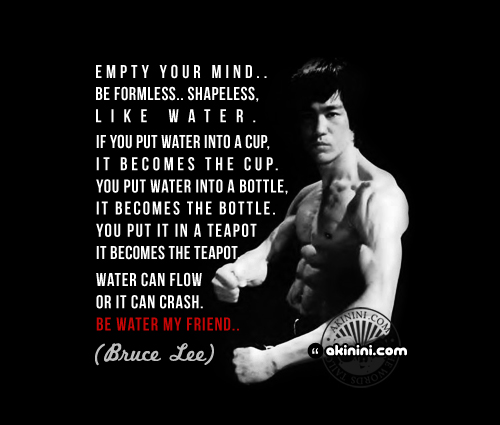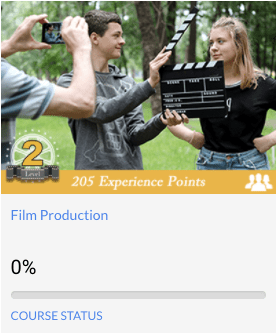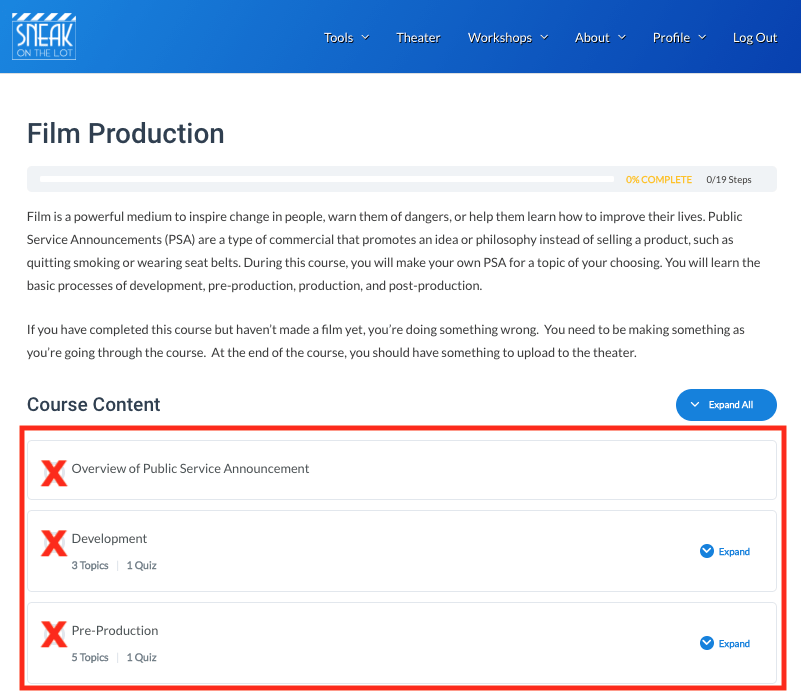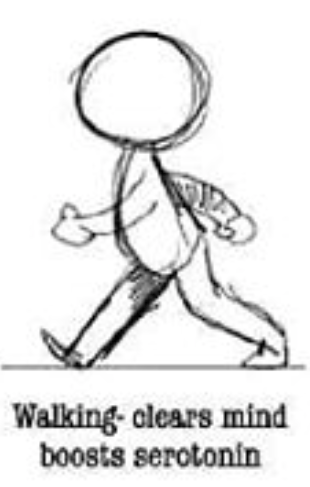| TOPIC | YOUR NOTES |
| 1. Who is the protagonist? | The Garrity Famile |
| 2. Who is the antagonist? | Clarke the comet |
| 3. What is the conflict? | The family is trying to make it to a bunker to avoid being killed by a deadly comet |
| 4. What is the theme or central, unifying concept? (summarize in one or two words) | Survival vs Morals |
| 5. How is the story told (linear, non-linear, with flashbacks, flash-forwards, at regular intervals) | The story is told in a linear fashion. There is 2 flashbacks towards the end of the film, but other than that it just goes back and forth between the different characters perspectives. |
| 6. What “happens” in the plot (Brief description)? | John Garrity and his family is selected to be transported to a bunker in Greenland where they will be the survivors of a worldwide extinction due to the comet nicknamed Clarke. The family tries to get on a plane buts ends getting split up. They manage to call each other and agree to meetup at Allison’s (Wife) fathers house. Allison goes with their son, Nathan, but he gets kidnapped. She eventually finds him, and they make it to her fathers house, where they find John, who had gotten in a big fight along the way. They take Allison’s father’s truck to Canada, where a pilot flies them to Greenland. The plane crashes and they walk to the bunkers, where the are able to make it in at the last minute. |
7. How does the film influence particular reactions on the part of viewers (sound, editing,
characterization, camera movement, etc.)? Why does the film encourage such
reactions? | The entire movie is shot in a very wide shot, giving a more cinematic sense of what is going on. The storyline and shots also focus mainly on the characters, not the action. This makes sense, because you are seeing the acting, the emotion, and the feel for what is going, without seeing it. It is more about the characters than the plot, which is important. It carries more emotion and encourages more emotional reactions from the audience. |
| 8. Is the setting realistic or stylized? What atmosphere does the setting suggest? Do particular objects or settings serve symbolic functions? | The setting is mostly realistic. It takes place in Georgia, Kentucky, Canada, and Greenland. The atmosphere suggests an almost apocalyptic scene. This is because everyone found out about the comet that is going to wipe out life on Earth. There is some looting and rioting, but not nearly as much as I would have expected in a situation like that in real life. |
| 9. How are the characters costumed and made-up? What does their clothing or makeup reveal about their social standing, ethnicity, nationality, gender, or age? How do costume and makeup convey character? | I think that the make up and costumes are all really good. They are supposed to be a middle class family, which is nailed perfectly. As the movie goes on, the characters gradually get dirtier and have more cuts. I think that this is good, because it would have been weird if they had gone all this way without getting any scratches or getting dirty at all. |
| 10. How does the lighting design shape our perception of character, space, or mood? | I think that the lighting is done pretty well. Everything seems a bit darker, which reflects the situation that everyone is in. My only complaint is that during some scenes it is supposed to be night time, but it is too light outside. I think that takes away a bit from the story. |
| 11. How do camera angles and camera movements shape our view of characters or spaces? What do you see cinematically? | The film is shot on a very wide angle, so you can get a good view of what is going on around you. This makes for some really good shots where you can see almost everything that is happening, and it does a good job showing the scale better than if a normal angle had been used. There were a few parts where the camera became super shaky, and while I think that some camera shake in situations can be good, I thought that in parts it was excessive. |
| 12. What is the music’s purpose in the film? How does it direct our attention within the image? How does it shape our interpretation of the image? What stands out about the music? | The music used in this movie is pretty good in my opinion. It shows the rising tension, the fear, the emotions that the actors are portraying. It also seems very grand and unstoppable, similar to the comet, and the fate of the planet. It makes you think about what you would do if you were in a situation like that, and what decisions you would make. |
| 13. How might industrial, social, and economic factors have influenced the film? Describe how this film influences or connects to a culture? | I think that the film can connect with almost anyone. At the root of it, it is about family, which almost everyone can relate to. The film wants to remind the viewer that family is the most important thing. I think that the connects with a lot of thrill seekers, because there is a lot of action in the movie. |
| 14. Give an example of what a film critic had to say about this film. Use credible sources and cite sources.Example: “The Shawshank Redemption Movie Review (1994) | Roger Ebert.” All Content. N.p., n.d. Web. 24 June 2015. | “I’m shocked at how good this movie is, because on paper it looked totally stupid… Surprisingly gripping and well-done. (2020) | Christy Lemiore.” All Content. N.p., n.d. Web. 22 Jan 2021.
|
| 15. Select one scene no longer than 5 minutes that represents well the whole film and shows relevant cinematic elements. Write a one-sentence description of the scene and record the time of the scene.Example: from 1:05:00 to 1:10:00.Explain why you chose this scene. | Here is my scene.
In this scene, John discusses with his wife the possibilities that they have to get to the bunkers, and they talk to her dad, who they agree to leave behind.
I chose this scene because it shows the acting, the cinematography, and the CGI. The camera angles are all good, and seem very professional. |
| 16. In the selected scene: write a sentence for each of the elements below to justify why this scene best represents the film: | |
| a. Screenwriting: | The screenwriting for this scene was decent. It felt like there was a decent amount of exposition but it felt needed, and the timing was very good. |
| b. Sound Design: | I think that this is really good. The audio seems like it is coming from where it is supposed to be, and nothing is too loud or too quiet. |
| c. Camera Movements/Angles: | In this scene, there are a lot of super close ups. I think that these especially are good because they are balanced well. Having a wide shot allows you to have a character |
| d. Light Setup: | I like this scene because everything seems warm, and I think that they did a good job making the environment seem real. |
| e. Soundtrack/Score: | I like the soundtrack, it shows all of the tension, risk, and what is at stake. |
| 18. What’s the socio-cultural context of this film? | It shows how people would act in a life or death situation, and this scene |






